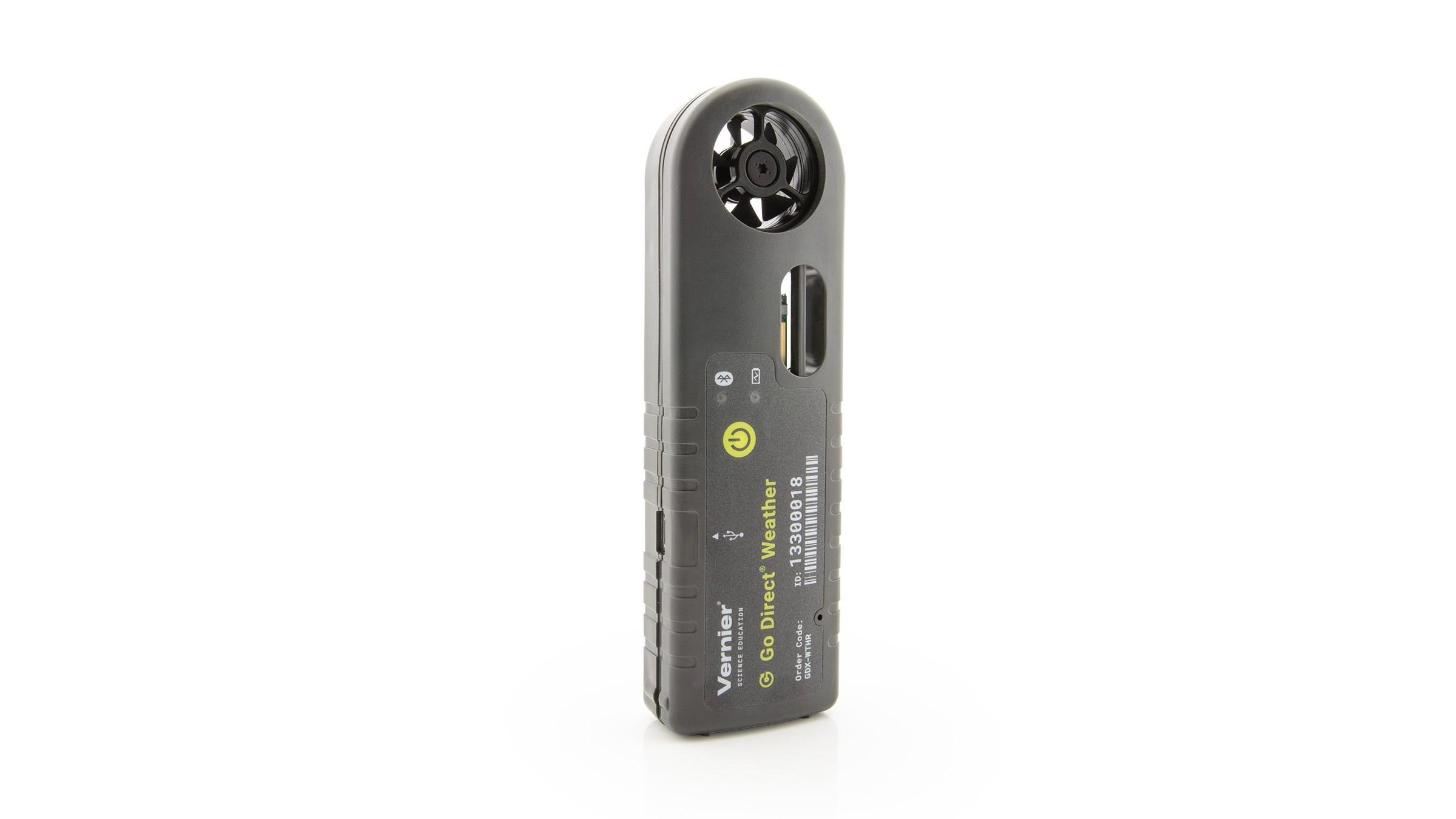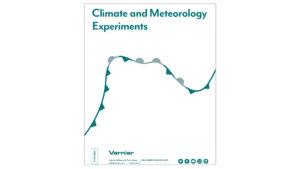Introduction
Clouds are the result of the condensation of water vapor into liquid droplets or ice crystals. In order for condensation to occur, the air temperature must be equal to or lower than the dew point. This can occur when the amount of moisture in the air increases, the temperature of the air decreases, or warm and cold air masses mix. Cloud formation also relies on the presence of condensation nuclei, small particles onto which the water molecules condense.
Clouds can vary greatly in size, shape, altitude, and composition of the phase of water. The basic classification of clouds is divided into four categories. Clouds can also be a combination of these classifications and can be further classified based on their altitude.
Cloud cover, the amount of the sky covered by clouds, is another important aspect of a weather forecast. It affects air temperature and gives clues to precipitation chances. Like cloud types, cloud cover can vary in altitude so the cloud coverage at a lower altitude can be different than at a higher one.
Objectives
- Observe and identify the presence of clouds.
- Measure and analyze current weather conditions.
- Compare current weather conditions to forecasted conditions.
Sensors and Equipment
This experiment features the following sensors and equipment. Additional equipment may be required.
Ready to Experiment?
Ask an Expert
Get answers to your questions about how to teach this experiment with our support team.
- Call toll-free: 888-837-6437
- Chat with Us
- Email support@vernier.com
Purchase the Lab Book
This experiment is #9 of Climate and Meteorology Experiments. The experiment in the book includes student instructions as well as instructor information for set up, helpful hints, and sample graphs and data.


